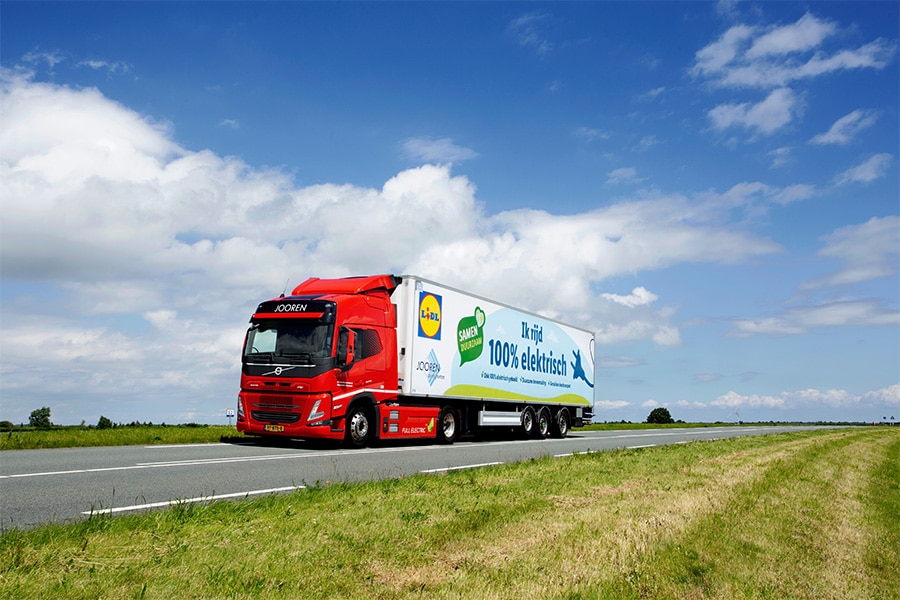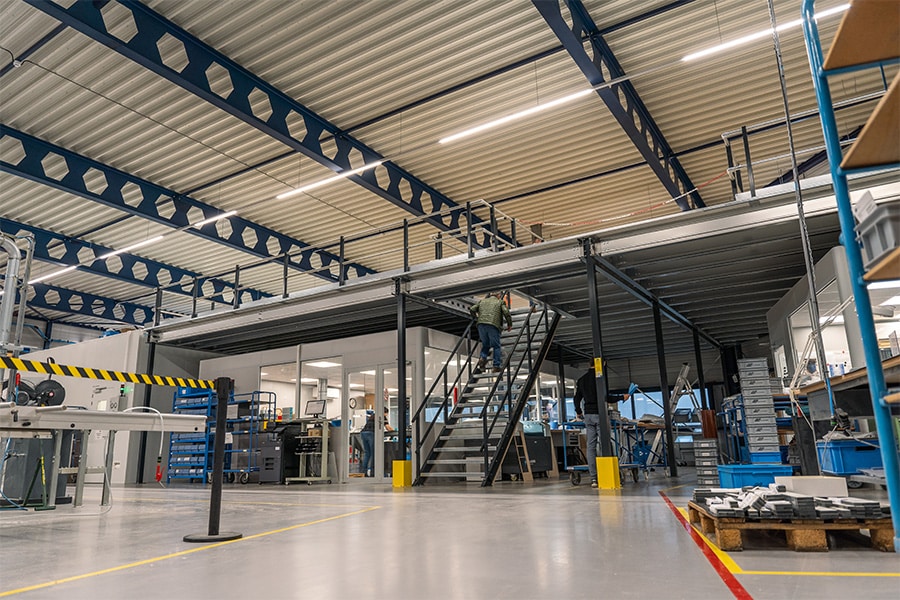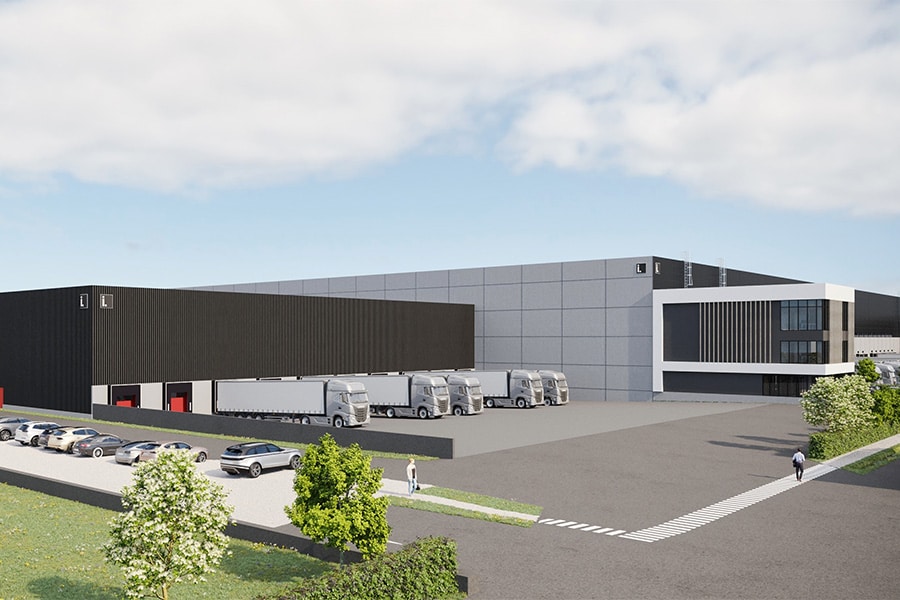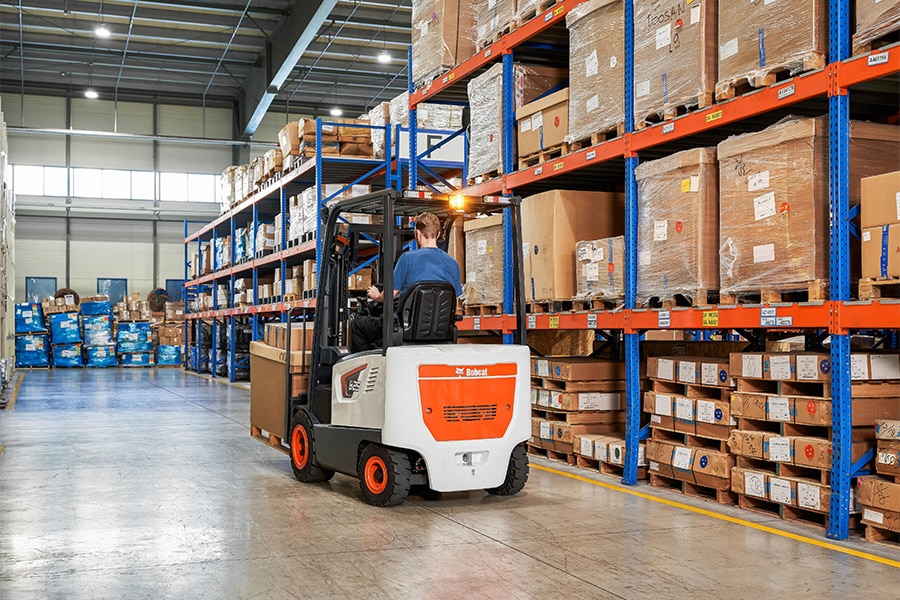
The ideal tool carrier for material handling
Bobcat sees it as its mission to enable its customers to perform all their operations quickly and efficiently; also in logistics and material handling. This is why Bobcat offers not only an extensive range of attachments, but also a series of machines, which were actually intended as tool carriers from the beginning. The machine power, coupling systems, hydraulics and Attachment Control Device (ACD) are all designed to allow attachments to be changed quickly and a wide range of tasks to be carried out with one machine.
"For a warehouse, the obvious thing to do is to use specialized machines like forklifts, stackers and pallet trucks, because those machines do the same job all day long. We added those machines to our portfolio through the acquisition of Doosan Industrial Vehicle a few years ago," says Katinka Kincses, Attachments program manager at Bobcat. "But in other companies, where logistics work or material handling is only part of the business, buying a multi-purpose tool carrier turns out to be a more attractive investment. This is because it allows you to do more jobs and projects and work throughout the year, so you use the machine more intensively. We often see that a new customer buys a machine with three or four attachments and gradually adds another three or four attachments, so that he can then perform almost all work with one machine."
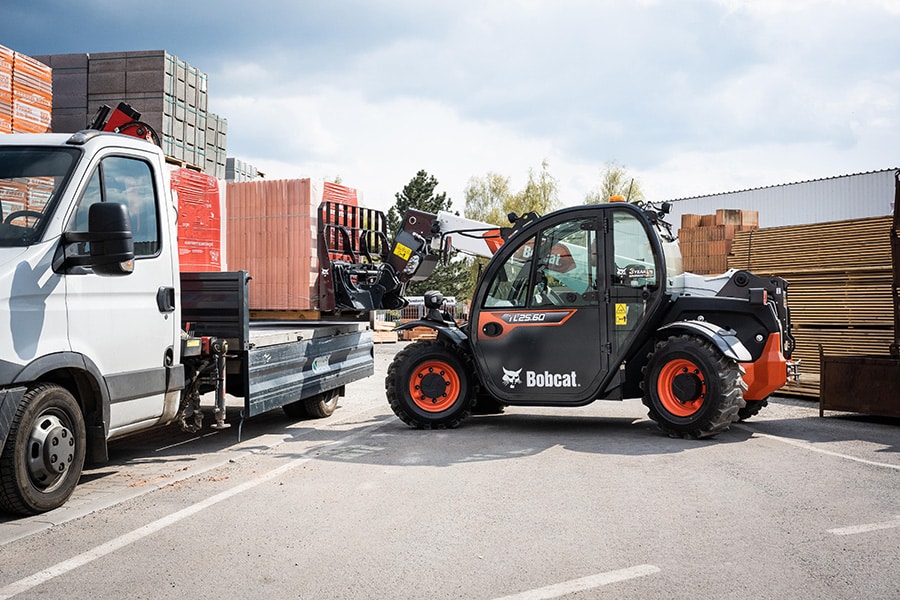
More than 120 attachments
"In fact, all of our machines are designed as tool carriers," Kincses clarifies, "but it is important to choose the right machine. You have to take into account the work, environment, surface, maneuverability, robustness, power, travel speed, lift height and reach. Our dealers can advise users in that choice."
Bobcat offers a wide range of attachments that allow companies to perform basically any job in construction, landscaping, forestry, agriculture, demolition, recycling and material handling. The total program consists of more than 120 attachments, most of which can be used on any Bobcat machine. Many attachments such as pallet forks, buckets, grabs and clamps are general-purpose for logistics and material handling, but there are also specialized attachments for other jobs: roller brooms, high-pressure cleaners, rakes, flail mowers, doser blades, work platforms and even snowplows.
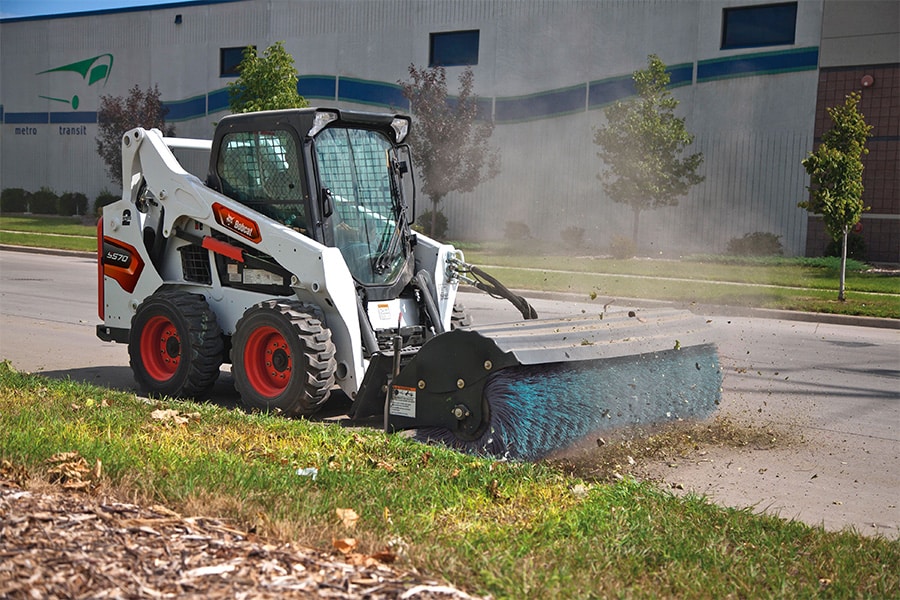
Attachment Control Device
Bobcat has integrated a lot of functionality in its machines for attachment connection and control. The Bobtach system for coupling attachments is now standard in the market, and since 2000 the Power Bobtach system has also been available. This allows the driver to (dis)connect non-hydraulic attachments without leaving the cab. Another, convenient feature is the speed management system, which allows the travel speed to be adjusted independently of the attachment's drive, thus enabling higher productivity.
The Attachment Control Device (ACD) is built into the attachment. It is a CANbus system, which controls communication between the machine and the attachment. Thanks to ACD, the machine recognizes the attachment and automatically adjusts the settings of the joystick controls and hydraulics, among others. On the display inside the machine, the driver can adjust the settings and gets an overview of the operating hours, performance and status of the attachment. If an operator uses a remote control on a machine, all functions for controlling the attachment are also automatically available on it.
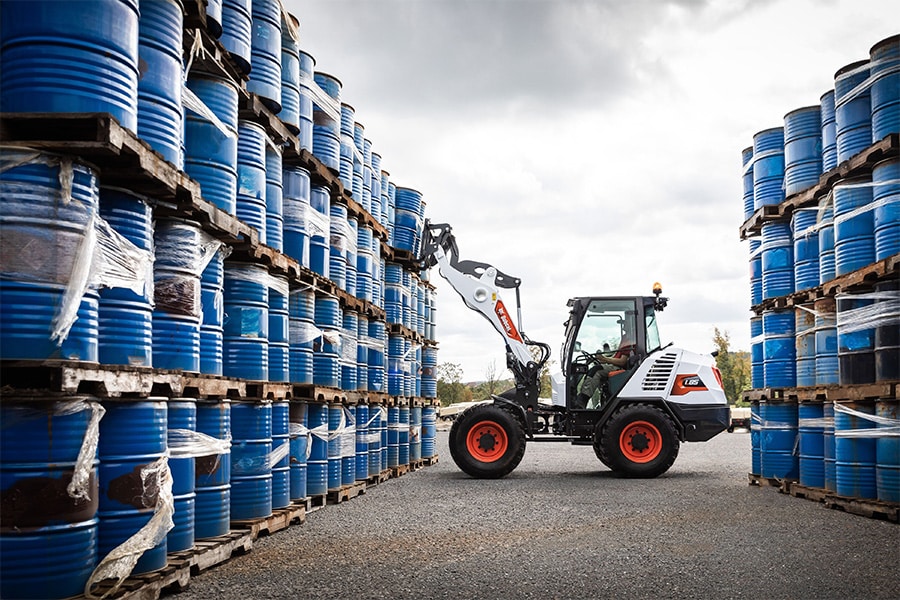
Bobcat with Bobcat
Kincses recommends that its customers use Bobcat attachments for a Bobcat machine. "Our machines and our attachments are optimally matched and tested. If you use a Bobcat attachment, you can be sure that the attachment's software is up to date; that the hydraulics are powerful enough; that all functions work optimally and can be easily controlled using the joysticks and buttons in the cab. If there are technical problems, Bobcat solves them and you are not between two suppliers pointing fingers at each other for warranty."
Product development
As Attachments product manager, Katinka Kincses is responsible for product development, marketing, ancillary services and training. "I consider my department the voice of the customer. We identify his needs and do field research to develop new attachments and new functions. For example, we see that work sites are becoming smaller and smaller, and the demand for compact machines and compact attachments is growing. In addition, ease of use is becoming increasingly important. Many companies are struggling with staff shortages, so you have to offer alternatives to human labor. Even young, inexperienced employees must be able to operate machines and attachments without extensive training. That is why we pay a lot of attention to automatic coupling systems, easy operation and sensor technology, which enable machines to perform work independently and improve workplace safety."
